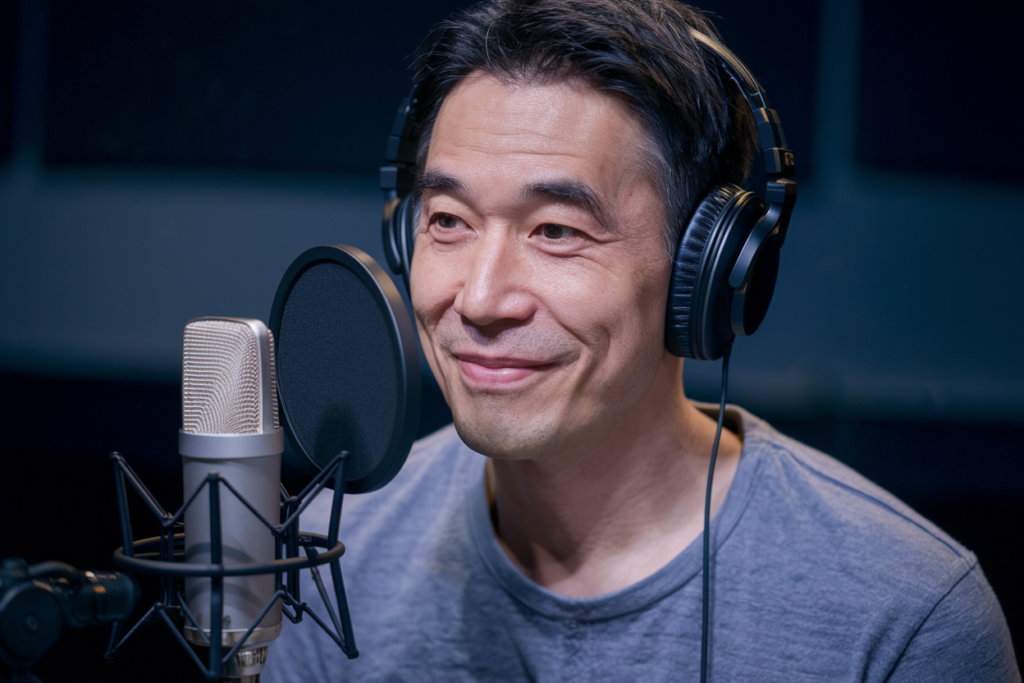Key Takeaways
- Enhance Audience Engagement: Adding Japanese subtitles increases viewer comprehension and retention, making your content more engaging for both Japanese-speaking audiences and non-native speakers.
- Broaden Market Reach: Subtitles allow you to tap into the vibrant Japanese market, creating opportunities for collaborations and attracting a wider audience.
- Improve Accessibility: Subtitles cater to individuals with hearing impairments and those who prefer reading over listening, promoting inclusivity in your video content.
- Boost SEO Performance: Including subtitles can enhance your video’s discoverability on search engines, as subtitle text is indexed, leading to increased visibility.
- Utilize Effective Tools: Choose the right software based on your experience level and needs. Options like Aegisub or Kapwing offer various features suitable for different editing styles.
- Follow Best Practices: Ensure proper timing, synchronization, consistent formatting, and thoughtful punctuation to create high-quality subtitles that enhance the viewing experience.
Ever wondered how adding subtitles in Japanese to your videos can elevate your content? Whether you’re looking to reach a broader audience or make your videos more accessible, the right subtitles can make all the difference. With Japan’s vibrant culture and growing online presence, tapping into this market opens up exciting opportunities.
Understanding the Importance of Subtitles
Subtitles play a crucial role in video content, especially when targeting Japanese-speaking audiences. They enhance comprehension by providing viewers with written text that mirrors the spoken dialogue. This accessibility fosters engagement, allowing more people to connect with your content.
Subtitles also broaden your audience reach. When you add Japanese subtitles, you tap into a vibrant culture and market ripe for exploration. Engaging non-English speakers can lead to exciting opportunities and collaborations. It’s not just about translation; it’s about cultural resonance.
Consider how subtitles impact viewer retention. People are more likely to stay engaged with videos that include clear text alongside audio content. This combination supports diverse learning styles, catering to both visual and auditory learners.
Furthermore, incorporating subtitles improves SEO performance. Search engines index subtitle text, making your videos more discoverable in search results. You gain visibility among potential clients looking for high-quality multimedia content.
Ultimately, adding Japanese subtitles isn’t merely an option; it’s a strategic move that elevates your video production quality while appealing to broader audiences and enhancing overall user experience.
Benefits of Adding Subtitles in Japanese to Videos
Adding subtitles in Japanese brings numerous benefits that enhance your video content. This approach not only opens doors to a wider audience but also ensures your message resonates with viewers.
Enhancing Accessibility
Subtitles significantly improve accessibility for Japanese-speaking audiences. By providing text alongside audio, you cater to individuals who may have hearing impairments or those who prefer reading over listening. This inclusivity allows more people to engage with your content, fostering a sense of belonging and connection.
Improving Comprehension
Subtitles boost comprehension by reinforcing spoken words through written text. Viewers can follow along easily, especially when dealing with complex topics or unfamiliar jargon. Additionally, incorporating subtitles helps non-native speakers grasp nuances in language and context, making it simpler for them to understand the material. When viewers fully comprehend the content, they’re more likely to stay engaged and retain information long after watching the video.
Tools and Software for Subtitle Creation
Creating effective subtitles requires the right tools and software. Several options cater to different needs, whether you’re a beginner or an experienced creator.
Popular Subtitle Editing Tools
- Aegisub: A free, open-source tool that offers advanced features like styling and timing adjustments. It’s ideal for detailed subtitle work.
- Subtitle Edit: This user-friendly software supports numerous file formats and simplifies syncing subtitles with video playback.
- Amara: An online platform perfect for collaborative projects. It lets you create and edit subtitles directly in your browser, making teamwork seamless.
- Kapwing: A versatile online editor that enables easy video editing alongside subtitle creation. Its intuitive interface makes it accessible even if you’re new to editing.
- Final Cut Pro X: If you’re working on Mac, this professional-grade software has built-in tools for adding subtitles directly into your timeline.
Tips for Choosing the Right Software
- Consider Your Experience Level: Beginners might prefer user-friendly options like Kapwing or Amara, while seasoned editors may seek advanced functionalities in Aegisub or Final Cut Pro X.
- Evaluate Supported Formats: Ensure the software supports various subtitle formats such as SRT or VTT if you’ll distribute across multiple platforms.
- Check Collaboration Features: For team projects, choose tools that allow real-time collaboration to streamline the editing process and enhance productivity.
- Assess Compatibility with Video Files: Ensure that your chosen tool works smoothly with your video files to avoid technical hassles during editing.
Selecting the right tools can significantly impact the quality of your Japanese subtitles. With these resources at hand, you’re well-equipped to create engaging content that resonates with viewers.
Best Practices for Adding Japanese Subtitles
Adding Japanese subtitles enhances your video’s accessibility and engagement. Here are some best practices to ensure quality.
Timing and Synchronization
Timing is crucial when adding subtitles. Aim for synchronization with the spoken audio. Start each subtitle just before the dialogue begins, allowing a brief pause before it disappears. This approach ensures viewers can read comfortably without feeling rushed. Use tools that allow frame-by-frame adjustments for precise timing. Testing playback helps catch any discrepancies that could disrupt viewer comprehension.
Style and Formatting Guidelines
Consistent style and formatting enhance readability. Use a clear font like Arial or Helvetica at a size that’s easy to read on all screens. Keep background contrast high to avoid blending text into visuals, ensuring clarity even in dynamic scenes. Limit each subtitle to two lines of text; this prevents cluttering the screen while maintaining focus on the video content.
Incorporate punctuation thoughtfully; periods or commas signal pauses in speech, aiding natural reading flow. If there are unfamiliar terms or phrases, consider including translations in parentheses after their first appearance—this assists non-native speakers without interrupting the narrative.
Following these best practices ensures your Japanese subtitles not only convey accurate information but also enrich the viewing experience for diverse audiences.
Conclusion
Adding Japanese subtitles to your videos is more than just a practical enhancement. It opens doors to new audiences and enriches the viewing experience for everyone. By embracing inclusivity you foster deeper connections with your viewers while making your content accessible.
With the right tools and best practices in place you can create subtitles that not only improve comprehension but also boost engagement. This strategic move elevates your video quality and positions you for greater visibility online.
As you take this step toward expanding your reach remember that effective communication is key. Subtitles serve as a bridge connecting cultures and ideas ensuring that your message resonates far beyond language barriers.
Frequently Asked Questions
Why should I add Japanese subtitles to my videos?
Adding Japanese subtitles can significantly enhance your video’s accessibility, allowing you to reach a wider audience, including those with hearing impairments and non-native speakers. It improves viewer comprehension and engagement, making it easier for audiences to follow along and connect with your content.
How do Japanese subtitles improve SEO performance?
Japanese subtitles boost SEO by increasing the discoverability of your videos in search results. Search engines can index the text within subtitles, helping users find relevant content more easily. This leads to higher visibility and potentially more views for your videos.
What tools are recommended for creating Japanese subtitles?
Popular subtitle editing tools include Aegisub, Subtitle Edit, Amara, Kapwing, and Final Cut Pro X. Each tool caters to different skill levels from beginner to advanced users. Choosing the right software depends on your experience level and specific needs for collaboration or format compatibility.
What are best practices for adding Japanese subtitles?
Best practices include ensuring proper timing by starting subtitles just before dialogue begins, using clear fonts with high contrast backgrounds, and limiting text per line to avoid clutter. Thoughtful punctuation enhances readability while providing translations helps non-native speakers understand better.
How do Japanese subtitles enhance viewer retention?
By improving comprehension through written reinforcement of spoken words, Japanese subtitles help viewers grasp complex topics better. When audiences fully understand the content presented in videos, they are more likely to stay engaged and retain information long after watching.







